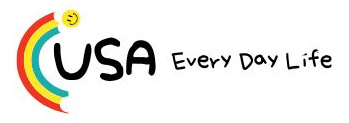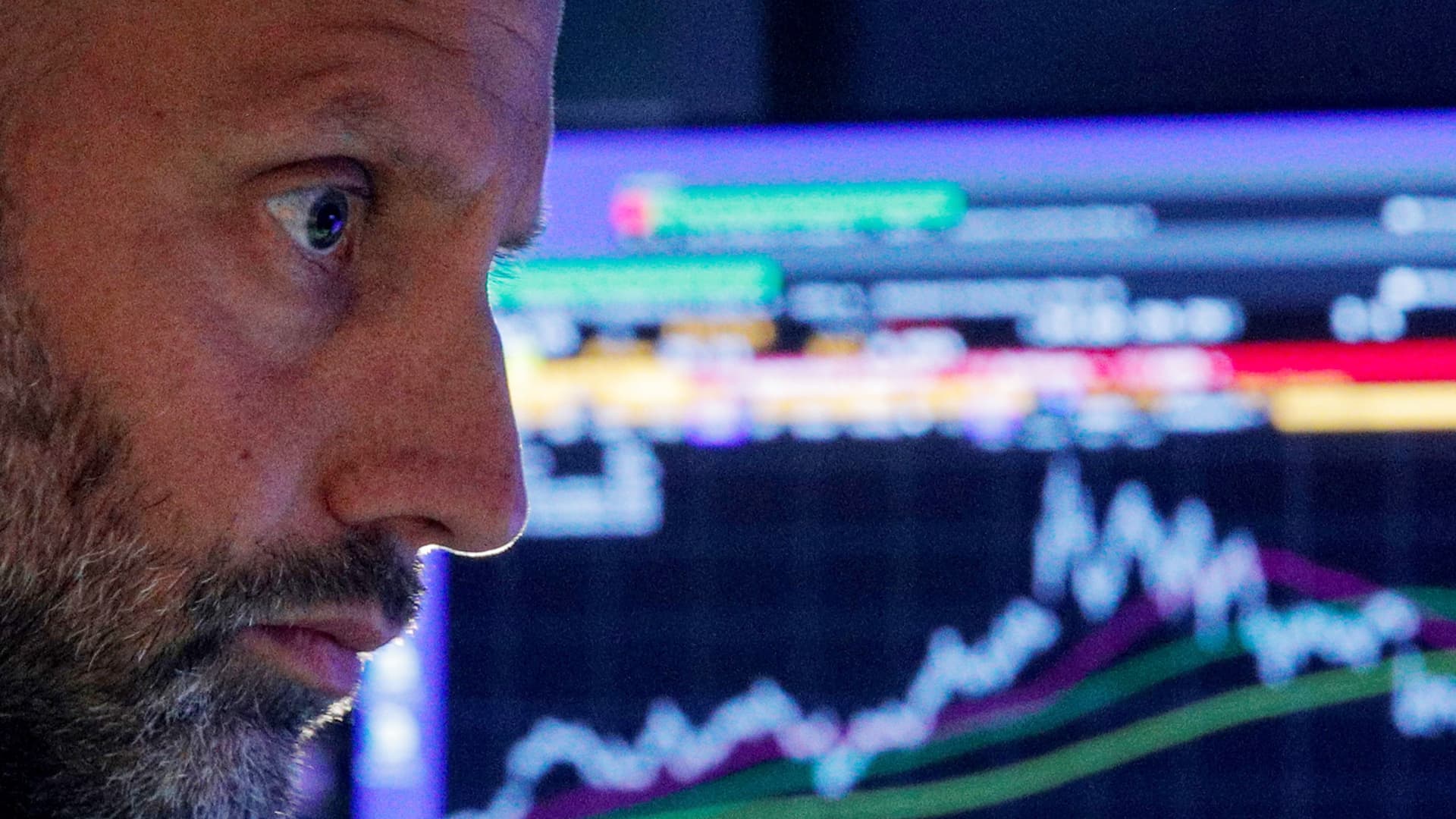Equity bears are growling, and bulls are sharpening their horns. I see an imminent retest of the S & P 500’s all-time high as a market melt-up seems to be underway. I want to use options to carefully capture another leg up after the SPDR S & P 500 ETF Trust (SPY) has bounced 21% since “liberation day” lows back in April and geopolitical tensions ratchet up. In the wake of President Donald Trump announcing his surprising trade tariff plans back in April, there were calls for a recession, a repeat of Black Monday and hyper-inflation. In addition, a cackle of analysts scrambled to reconfigure their bullish 2025 S & P 500 price targets substantially lower after a nearly 20% acute drop in the benchmark equity index. I was a lonely bull at the time and believed it was an overreaction to most likely a brash negotiating tactic that has been a characteristic of President Trump for decades. Leaning into the equity discount when SPY traded down to a ridiculous oversold condition at $481 was nerve-wracking — but when volatility spikes (VIX) up above 50 let alone 60, that is the time to buy stocks, not when the VIX is under 15. No matter how bad it feels to be buying. Between April 9 and May 12, the VIX plummeted from a high of 57.96 to below 20, a roughly 65% drop in just 22 days. The VIX’s historic (3 rd quickest drop ever) drop signaled a swift return to market stability, with the S & P 500 rebounding over 6% by mid-May and up 20% by June from its April lows. I believe all market moves are exaggerated these days (to both the downside and upside), and that is why I believe the nerve of the bears will be tested above 6,150 in the S & P 500 Index soon. The timing of this test is remarkable as options expiration is this week, and markets are closed on Thursday for Juneteenth. This phenomenon is sometimes referred to as the “option-expiration week effect”. Large-cap stocks with high options trading volume tend to see particularly strong performance during these weeks. With the VIX tethered to 20, options premium has certainly become less expensive, but by no means is it cheap. Therefore, I want to buy a call spread as selling that upside call will offset some of the cost associated with owning the opportunity to capture a new all-time high test ($613.23 on Feb. 19 for SPY). Defining risk is critical after the bounce markets have seen since early April. The trade: Buying a call spread Bought the July 18 $605 SPY call for $8.30 Sold the July 18 $620 SPY call for $2.65 This spread costs an investor $5.65 or $565 per one lot spread This spread was established when SPY was trading just above $600 ISCLOSURES: Kilburg is long this spread and long SPY. All opinions expressed by the CNBC Pro contributors are solely their opinions and do not reflect the opinions of CNBC, NBC UNIVERSAL, their parent company or affiliates, and may have been previously disseminated by them on television, radio, internet or another medium. THE ABOVE CONTENT IS SUBJECT TO OUR TERMS AND CONDITIONS AND PRIVACY POLICY . THIS CONTENT IS PROVIDED FOR INFORMATIONAL PURPOSES ONLY AND DOES NOT CONSITUTE FINANCIAL, INVESTMENT, TAX OR LEGAL ADVICE OR A RECOMMENDATION TO BUY ANY SECURITY OR OTHER FINANCIAL ASSET. THE CONTENT IS GENERAL IN NATURE AND DOES NOT REFLECT ANY INDIVIDUAL’S UNIQUE PERSONAL CIRCUMSTANCES. THE ABOVE CONTENT MIGHT NOT BE SUITABLE FOR YOUR PARTICULAR CIRCUMSTANCES. BEFORE MAKING ANY FINANCIAL DECISIONS, YOU SHOULD STRONGLY CONSIDER SEEKING ADVICE FROM YOUR OWN FINANCIAL OR INVESTMENT ADVISOR. Click here for the full disclaimer.





